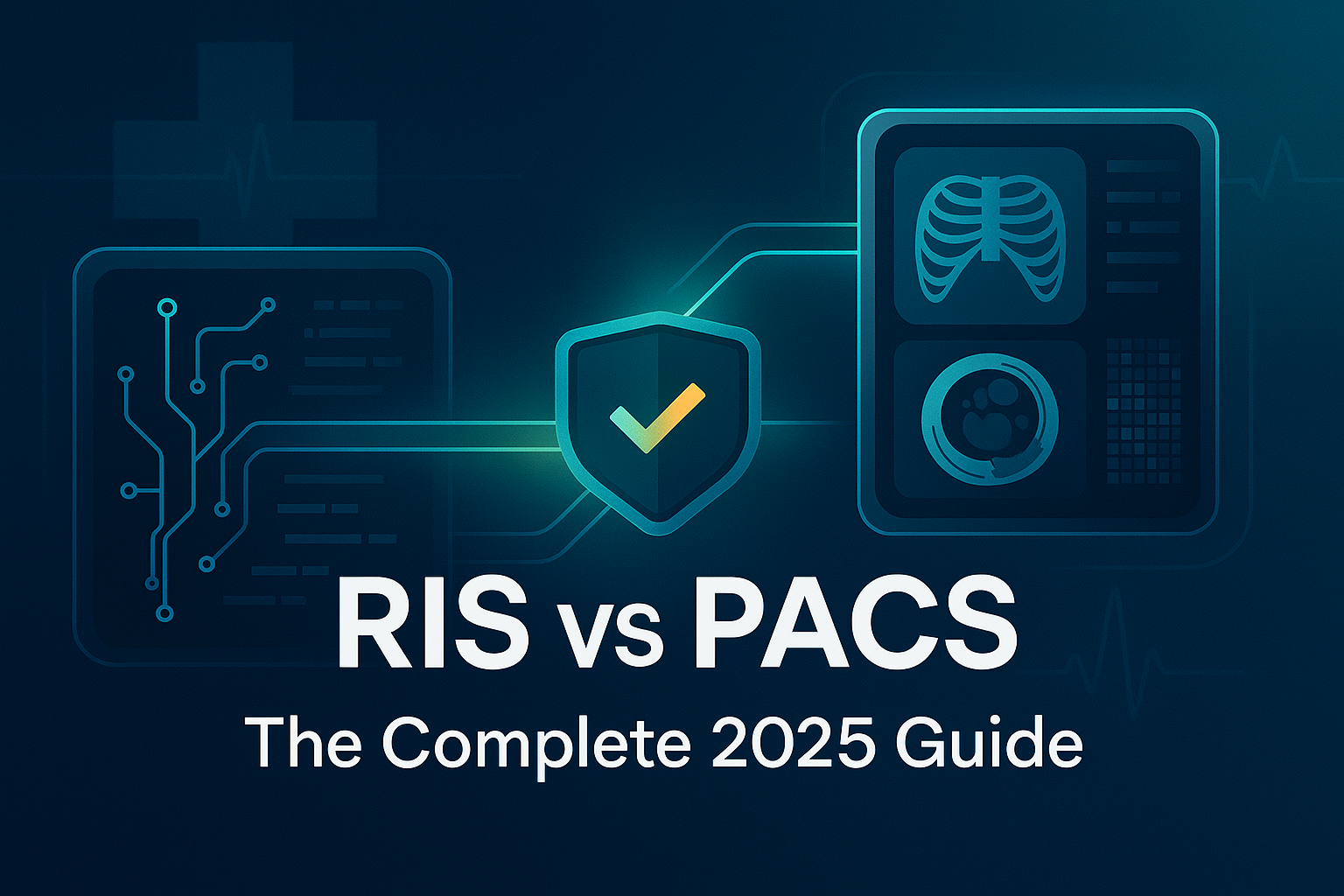The Definitive Guide to Mastering Radiology Workflow Optimization & Revolutionizing Your Medical Imaging Workflow
The seamless and efficient operation of a radiology department is paramount to delivering timely, accurate patient diagnoses and high-quality care....







-1.png)

